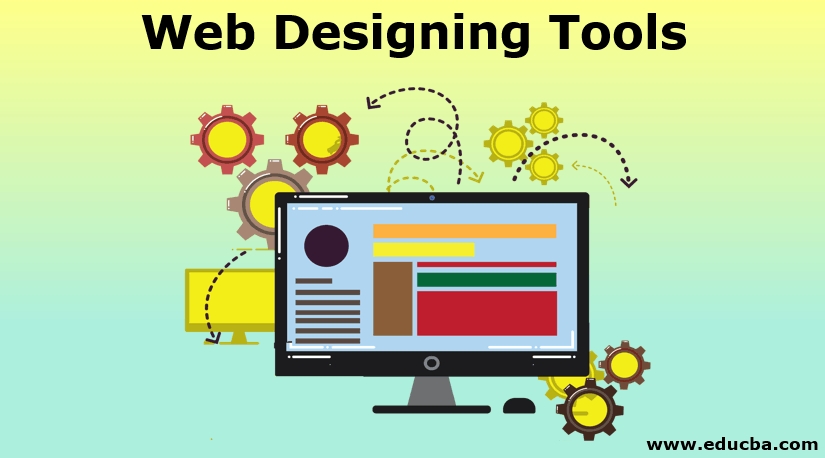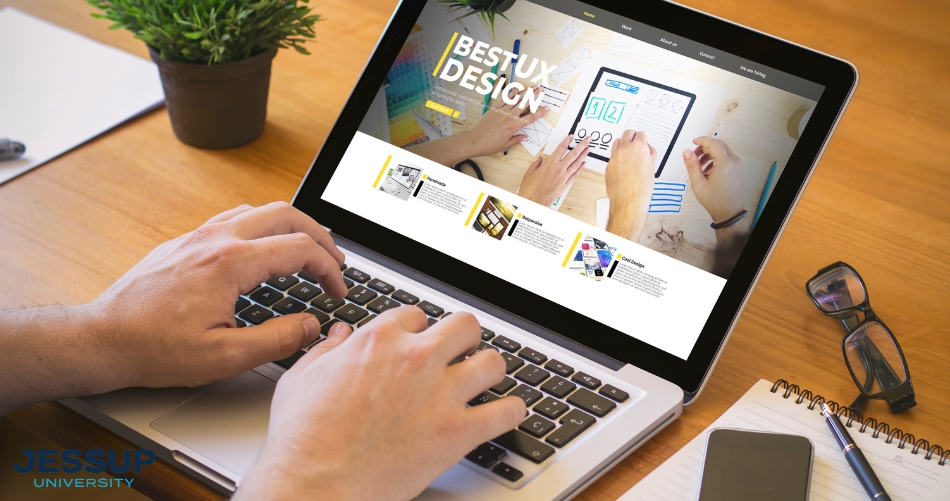Affordable Aligned Position Web Design: Top-Notch Web Design Services at Competitive Prices
The Ideal Sorts Of Web Layout to Enhance Customer Experience and Involvement
In the ever-evolving landscape of digital interaction, the efficiency of Web layout considerably affects individual experience and interaction. Different design approaches, such as minimalist, responsive, and interactive layouts, each deal unique benefits that can cater to diverse user needs.
Minimalist Web Layout
As digital landscapes become increasingly cluttered, minimalist website design has emerged as a powerful strategy to boosting individual experience. This style approach prioritizes simpleness, concentrating on necessary aspects while getting rid of unneeded disturbances. By using adequate white space, straightforward navigating, and a limited color palette, minimalist layout promotes clearness and guides user focus to essential web content.
The core concept of minimalist website design is to produce a seamless communication for customers. By lowering cognitive tons, users can swiftly grasp information without really feeling overwhelmed. This straight method not just enhances use yet also urges interaction, as site visitors are a lot more most likely to discover a site that is easy and aesthetically attractive to browse.
Furthermore, minimal design often highlights typography and imagery, utilizing these aspects strategically to communicate messages effectively. This emphasis on vital components can improve brand name identity and produce a remarkable customer experience. Basically, minimal Web design is not just a fad; it is a thoughtful method that recognizes the value of user-centered layout. By removing peripheral elements, designers can develop an extra engaging, effective, and delightful Web experience for all customers.
Receptive Web Layout
In today's varied electronic environment, responsive website design has actually become important for producing a smooth customer experience throughout a multitude of tools. As customers accessibility sites on mobile phones, desktops, tablets, and laptops, the capability of an internet site to adapt its format and web content to various screen dimensions and resolutions is critical.
Receptive Web layout utilizes versatile grids, photos, and CSS media queries to guarantee that Web content is presented efficiently, no matter the tool made use of. This technique not only boosts the aesthetic charm of a web site but additionally dramatically enhances usability. Users are extra most likely to engage with a website that provides a consistent experience, as it eliminates the frustration of needing to zoom in or scroll exceedingly.
By adopting responsive style, services can boost their visibility and reach a more comprehensive target market. In summary, responsive Web layout is a basic method that boosts user experience, engagement, and general contentment.
Interactive Website Design
Receptive website design lays the groundwork for improving customer experience, yet interactive Web design takes this a step additionally by involving customers in a more vibrant method - Aligned Position Web Design. By including components such as animations, clickable prototypes, and real-time feedback, interactive website design astounds customers, attracting them right into a richer surfing experience
This strategy not only fosters engagement but also motivates customers to discover content proactively instead of passively eating it. Strategies such as gamification, where customers gain rewards for completing tasks, can substantially improve the time invested in a site and enhance total satisfaction. Additionally, interactive functions can simplify complicated info, making it a lot more absorbable and delightful.

Incorporating interactive style components can likewise lead to higher conversion prices, as customers are more likely to involve with a site that proactively browse around this web-site entails them. Aligned Position Web Design. Ultimately, interactive Web style changes user experiences right into memorable journeys, making sure that site visitors return time and once again
Apartment Style
Characterized by its minimalistic approach, flat design emphasizes simplicity and performance, stripping away unnecessary aspects and focusing on vital attributes. This layout ideology focuses on use, making certain that customers can browse user interfaces easily and performance. By utilizing a clean aesthetic, flat layout gets rid of the clutter commonly discovered in much more ornate styles, therefore boosting customer emphasis on material and functionality.
The characteristic of level design depends on its use of bold shades, basic typography, and geometric shapes. These elements contribute to a visually appealing user interface that is both contemporary and approachable. In addition, flat layout promotes a sense of quality, enabling users to recognize essential activities and information without distraction.
Moreover, level layout is especially reliable in receptive Web design, as its simpleness converts well across different devices and screen sizes. By concentrating on important attributes, flat style not just fulfills customer demands but additionally encourages seamless interaction, making it an important part of effective Web layout techniques.
Flexible Website Design
Flexible Web layout customizes the individual experience by producing several taken care of formats customized to various display dimensions and tools. Unlike receptive layout, which fluidly readjusts a solitary format, flexible style utilizes unique designs for certain breakpoints, making certain optimum discussion on numerous systems. This strategy permits developers to concentrate on the special attributes of each tool, enhancing use by delivering exactly what individuals need based on their context.
Among the key advantages of adaptive website design is its capacity to enhance load times and efficiency. By offering tailored content and photos that fit the customer's gadget, sites can lessen data usage and boost loading speeds. This is particularly useful for users with slower links or limited data strategies.

Furthermore, adaptive style helps with a much more consistent why not try this out and regulated branding experience. Given that designers produce numerous layouts, they can guarantee that the aesthetic components align with the brand's identification throughout various systems - Aligned Position Web Design. This results in a cohesive individual experience, improving involvement and advertising customer retention
Verdict
To conclude, the assimilation of minimalist, responsive, and interactive Web style concepts considerably boosts customer experience and engagement. Minimalist layout fosters clarity and emphasis, while receptive layout makes sure flexibility throughout numerous gadgets, promoting ease of access. Interactive layout astounds customers via vibrant components, motivating exploration and personalization. Collectively, these design approaches add to the production of easy to use atmospheres that not only improve fulfillment however likewise drive higher conversion rates, emphasizing their crucial importance in modern website design methods.

Minimal style promotes clearness and focus, while responsive design guarantees versatility across various devices, promoting ease of access. Collectively, these design approaches add to the production of straightforward settings that not just boost fulfillment why not look here however likewise drive higher conversion prices, emphasizing their essential relevance in modern Web design techniques.